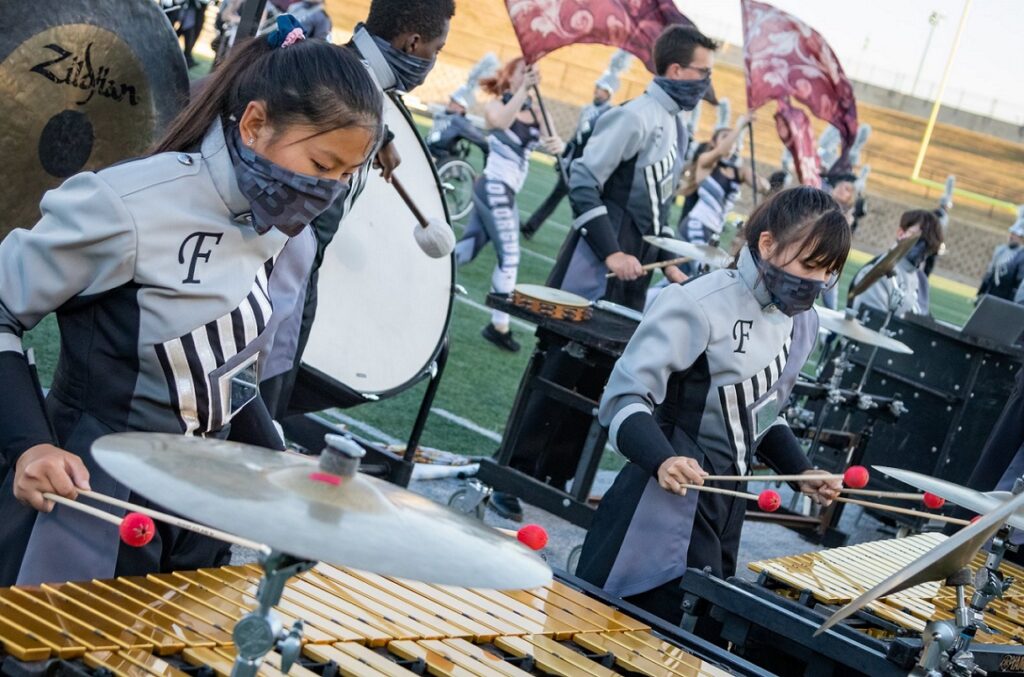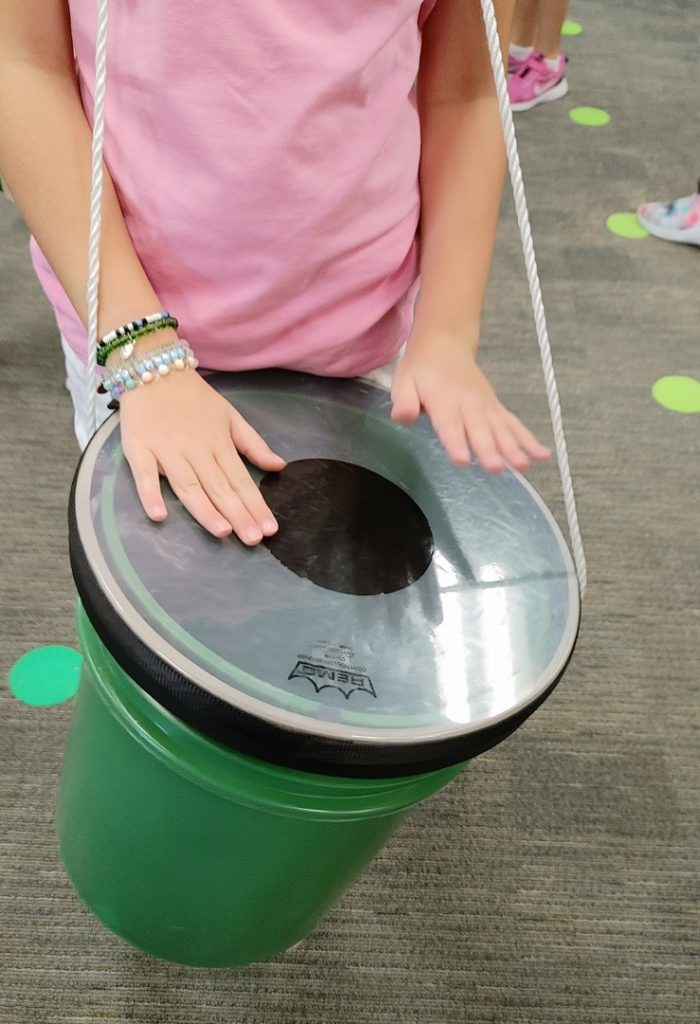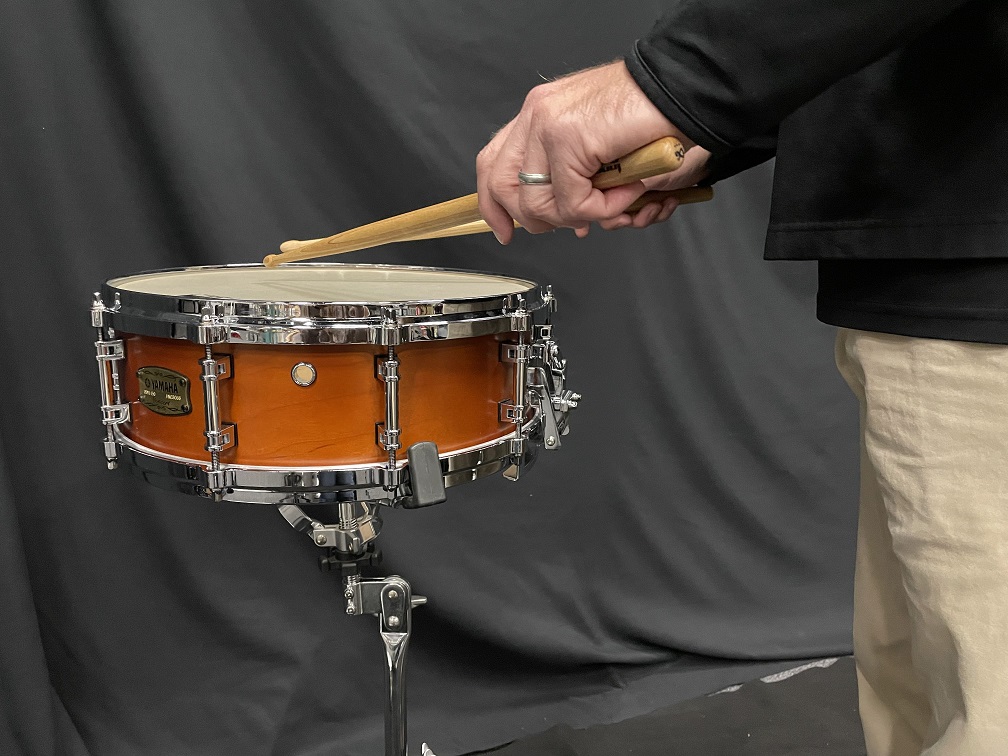Tagged Under:
10 Tips to Start a Middle School Drumline
Middle school music teachers should consider adding a drumline to give students a challenging and fun musical outlet.
Middle school band is often where students begin their musical journey. It is a time when the three basic elements of music — rhythm, melody and harmony — begin to take shape and make sense to students.
Many middle schools, or junior high schools, have a beginning and advanced concert bands, as well as a jazz band. Some middle school music programs may also include orchestras with string instruments. Very few middle schools, however, have a drumline.
Incorporating a drumline into any middle school program presents a few challenges, such as time to rehearse, an appropriate rehearsal space, a qualified percussion teacher or having the appropriate equipment. Whether you are thinking about developing a new drumline program or continuing the program you inherited, a middle school drumline can be a fun and exciting musical outlet for your students. Whatever the present drumline situation may be, keep these 10 things in mind.
1. Determine Performance Expectations
Decide the types of performances you want for this drumline. Will the drumline perform primarily at parades, standstill exhibitions, an indoor percussion show like Winter Guard International (WGI) or a combination of these events? This decision is important because you must consider the length of marching activity required and equipment transportation needs.
A 12-to-14-year-old student, who is new to the activity may not be able to carry a drum for a 2-mile parade. You must consider heat, humidity and the weight of the drums.
You want equipment that is easy to carry, play and maintain. The weight of any drum should not tire out the students. Check the weights of your drums to ensure proper fit at each rehearsal. This will help students as they grow and practice in the activity.
2. Stay Away from Hand-Me-Downs
Old drums from the high school are often passed down to the middle school after several years of use. While this may appear to save money, these drums are designed for high school students, not middle school students. Drumline equipment for high schools are heavier, larger and designed to meet the needs of competitive performance environments. None of these are important for a middle school drumline.
It’s best to pass on the hand-me-downs. Your students will pay the price as they march down the street with drums that are too heavy for their smaller frames. A bad experience like this may lead to them leaving the program.
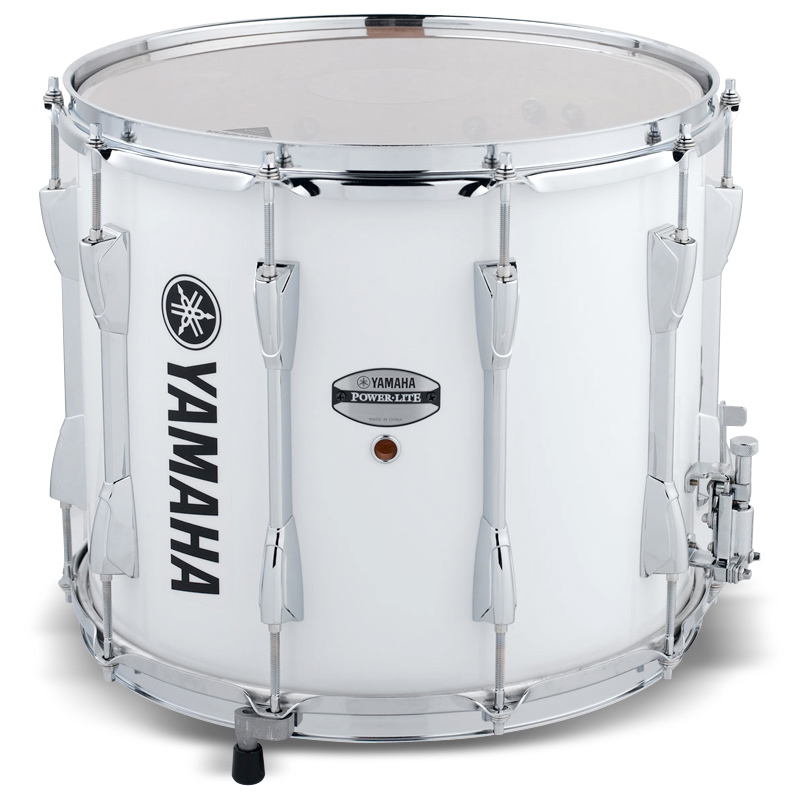 3. Choose Appropriate Music
3. Choose Appropriate Music
Music that is too complicated for beginners in middle school will be difficult to memorize for performances where students must march and play at the same time. Whether or not you have a drumline instructor, utilize music that fits the needs of the students. Remember, this is not Drum Corps International (DCI) or a college drumline. Sound expectations must be kept in check. Music that is simple yet challenging, will give middle schoolers confidence and make the marching experience fun.
4. Drumheads Are Important
Make sure to ask what type and brand of drumhead is preinstalled on each drum — and get it in writing from the music dealer. This is important because low-cost, generic drumheads may not be usable and could lead to an expensive and unbudgeted purchase to get the correct drumheads a month or two after your drumline purchase.
For snare drums, choose a Mylar top batter drumhead and a clear Ambassador® on the bottom or snare side. For multi-toms, select a pinstripe head. For bass drums, get a white Ambassador head with either internal or external muffling.
5. Keep a Supply of Sticks on Hand
Much like mouthpieces and reeds, sticks will get lost and forgotten by your students — usually right before a performance. Always have a healthy supply of extra sticks. Provide a list of acceptable stick options to both parents and students. Ensure your local music deal can get them in a timely manner.
Find sticks that are easy to hold, not too heavy and match appropriately. Sticks and mallets that are too heavy or wrong for a specific drum may cause damage to the drumhead and will tire out the arms of junior high school students.
6. Wear Earplugs
Ear protection at every level is important but is essential for students in the drumline because of the loud sounds they create as an ensemble. Ensure that all students always have proper ear protection for rehearsals and performances. Educate everyone — including parents — on the facts about ear protection and why it is needed. Ask your local music dealer about ear protection and have extra earplugs available for all situations because junior high students may forget to bring their earplugs. Set an example by wearing earplugs yourself.
7. Make Sure Carriers and Stands are Appropriately Sized
To make the drumline experience a rewarding one for students, you must ensure that they are comfortable marching down the street or standing in place for rehearsal. Review the different options for carriers and stands with each drum. You want hardware that are easy to adjust for students of all shapes and sizes. Check the fit of carriers on each student at every rehearsal. Don’t assume that each student understands the proper way a drum should sit on his or her body. Proper fit is key to comfort and having fun on drumline.
8. Ask Peers for Advice
Ask you high school marching band directors, percussion friends and local dealers for recommendations as to the brands they prefer. Was the company sales representative available when needed? Were the drums easy to carry? Where the carriers flexible enough to fit students of all sizes? Were replacement parts easily available? What is the manufacturers’ product warranties? The advice you get from friends and associates about the products they purchased can go a long way to ensuring your experience is a happy one.
9. Protect Your Investment
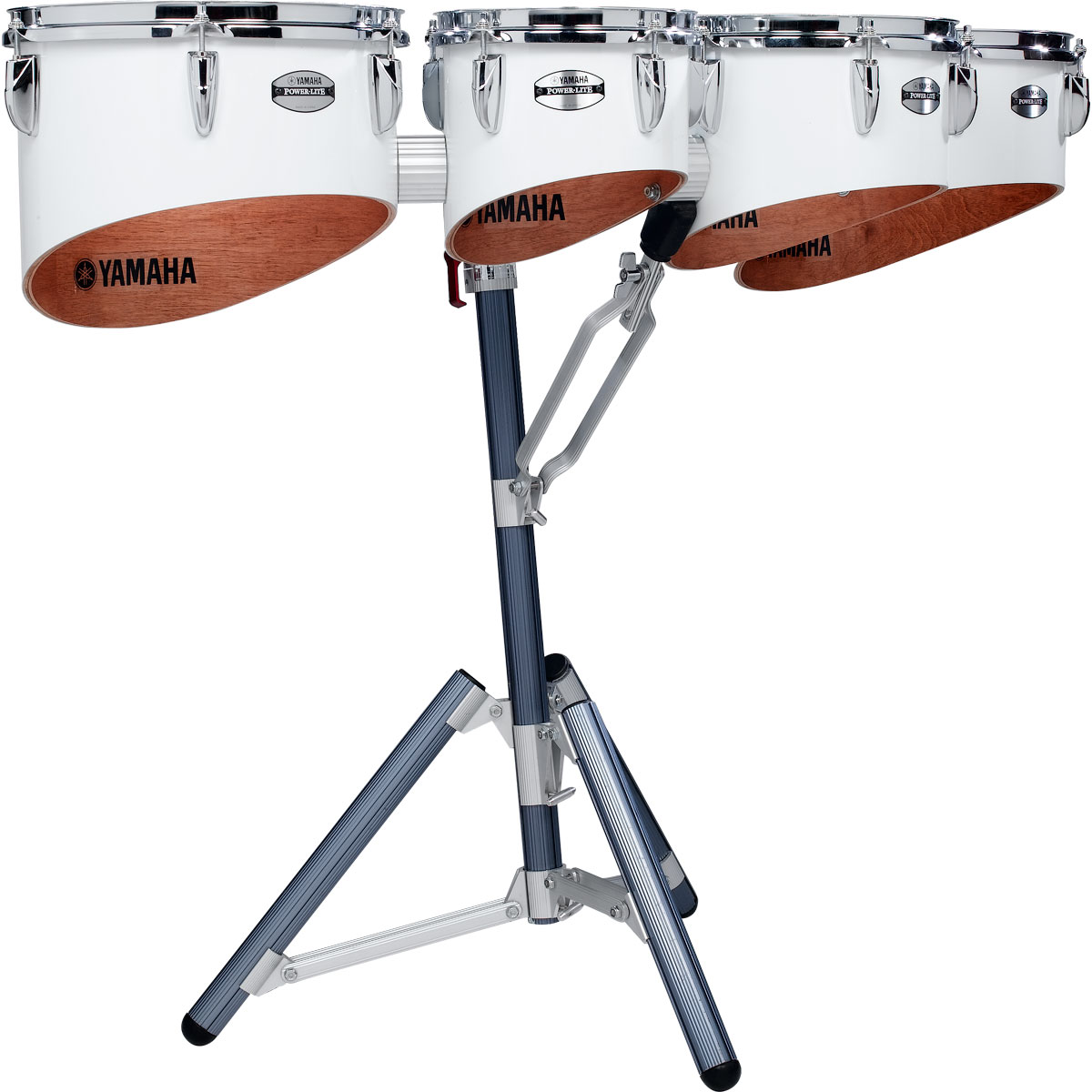
To keep your drumline equipment in tip-top shape all year, purchase accessories like covers to protect the drums from the damage of heat and moisture, as well as hard cases to protect the drums during travel and storage during the off season. Other accessories to consider include rim savers to keep bass drum hoops free from the damage of rim clicks, stick bags for snare drums and multi-toms, and tom guards to protect the bottom edges of multi-toms. An ounce of prevention goes a long way toward keeping any drumline in good working order.
10. Know Drum Sizes and Quantity
Several factors allow a drum to produce volume, but the most important ones to consider are the shell material and shell depth. When a wood shell is made properly, there are no gaps in the construction. (Some brands fill in the plies with wood putty.) The wood shell must vibrate freely to produce a full sound. A shorter shell depth is lighter, but it produces less volume.
Drums differ in size for a reason. A standard wood shell snare drum for middle school is 13 or 14 inches in diameter and 11 inches deep.
Multi-toms come in various depths and sizes, but for a middle school drumline, a small trio or small quad setup where the largest drum is 13 inches in diameter is the most appropriate option.
Bass drums are important to keep the drumline’s beat but keep the sizes close together for optimal tonal response. A middle school drumline does not require a bass drum larger than 26 inches because projecting over a large brass sound is just not needed at this level.
As with any major purchase, the key is to research your options and ask a lot of questions. That’s the best way to ensure that your students are equipped with quality instruments that will last.
Get more information about Yamaha marching drums here.










